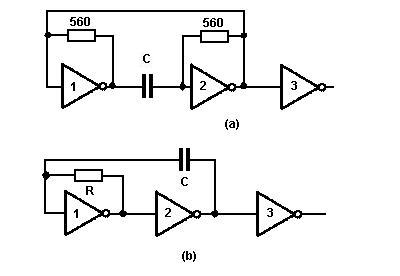Warm welcome.
I need to make an LC generator with a frequency of about 3MHz on some BFxxx transistor. I want the sine wave range to be from about 0 to about 5V with a 5V supply. Simply put, I want to measure this frequency with an ATMEGA.
I found something like this: http://www.sklep.avt.com.pl/photo/_pdf/AVT119.pdf
Would the FM generator part (obviously I won't be using modulation) made on a BF200 be suitable?
By the way, I will also ask about some simple program for calculating coil parameters.
Greetings.
I need to make an LC generator with a frequency of about 3MHz on some BFxxx transistor. I want the sine wave range to be from about 0 to about 5V with a 5V supply. Simply put, I want to measure this frequency with an ATMEGA.
I found something like this: http://www.sklep.avt.com.pl/photo/_pdf/AVT119.pdf
Would the FM generator part (obviously I won't be using modulation) made on a BF200 be suitable?
By the way, I will also ask about some simple program for calculating coil parameters.
Greetings.



 .
.